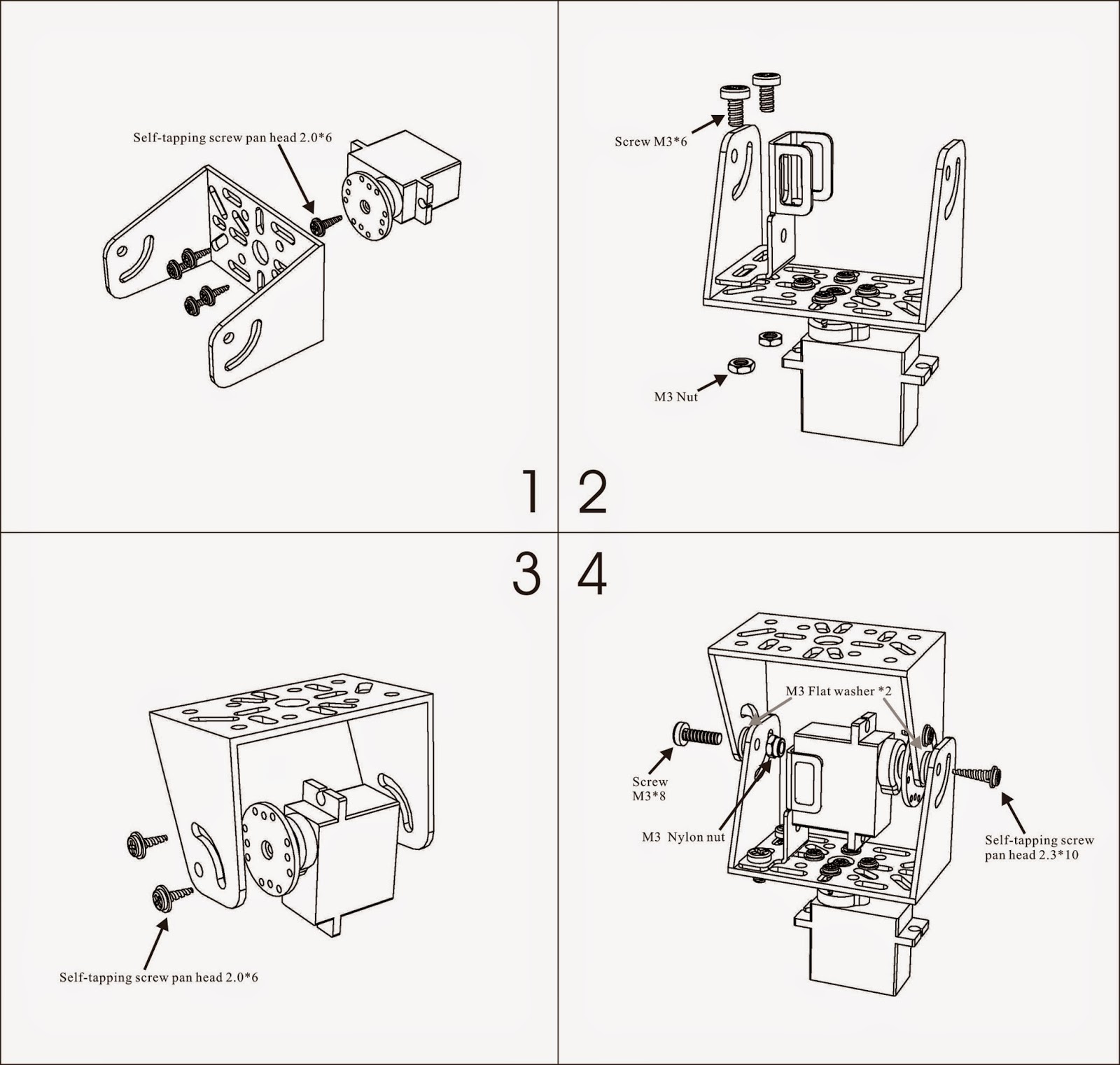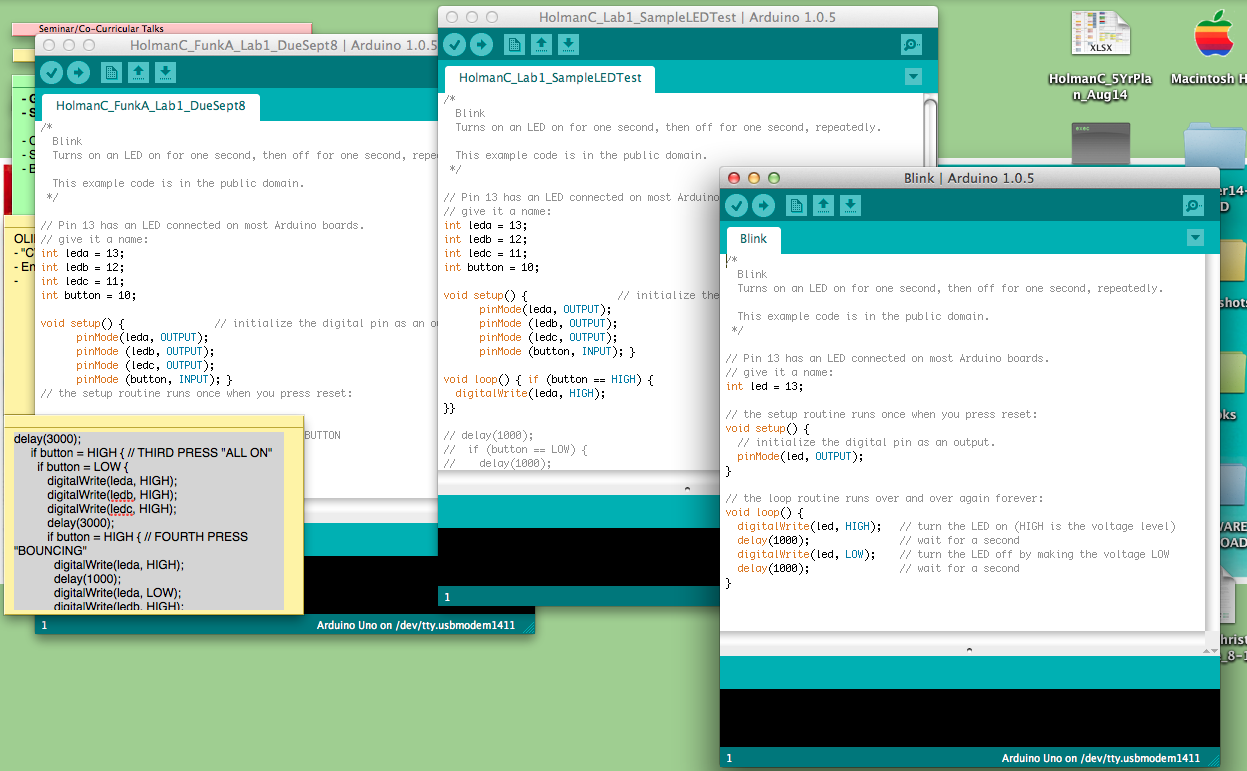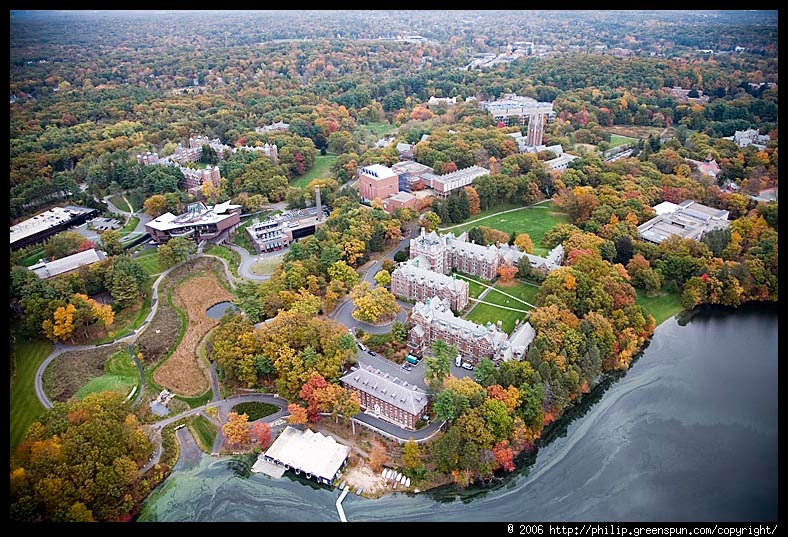Introducing... the Wellesley Engineering Society!

Since Prof. Banzaert has been away on maternity leave, I've been working a lot on expanding the presence of the Wellesley Engineering Laboratory and knowledge of the engineering options at Wellesley. I met two other students -- one of who was in my EXTD160 class last Spring (Sam Chin) and the other being a current certificate student (Elena Shaw) -- who are interested in expanding the engineering community here at Wellesley also. With the guidance of Dean Stephan, one of the few members of the engineering steering team, I am pushing forward on my many ideas -- especially the development of a organization for students' interested in engineering for various levels and fields . This society will engage in field trips to seminars to outreach to conferences to workshops and professional development -- all in the good name of engineering! We have much more interest in the society than I expected and I cannot wait to get things started. My list of seminar topics and field trips i



